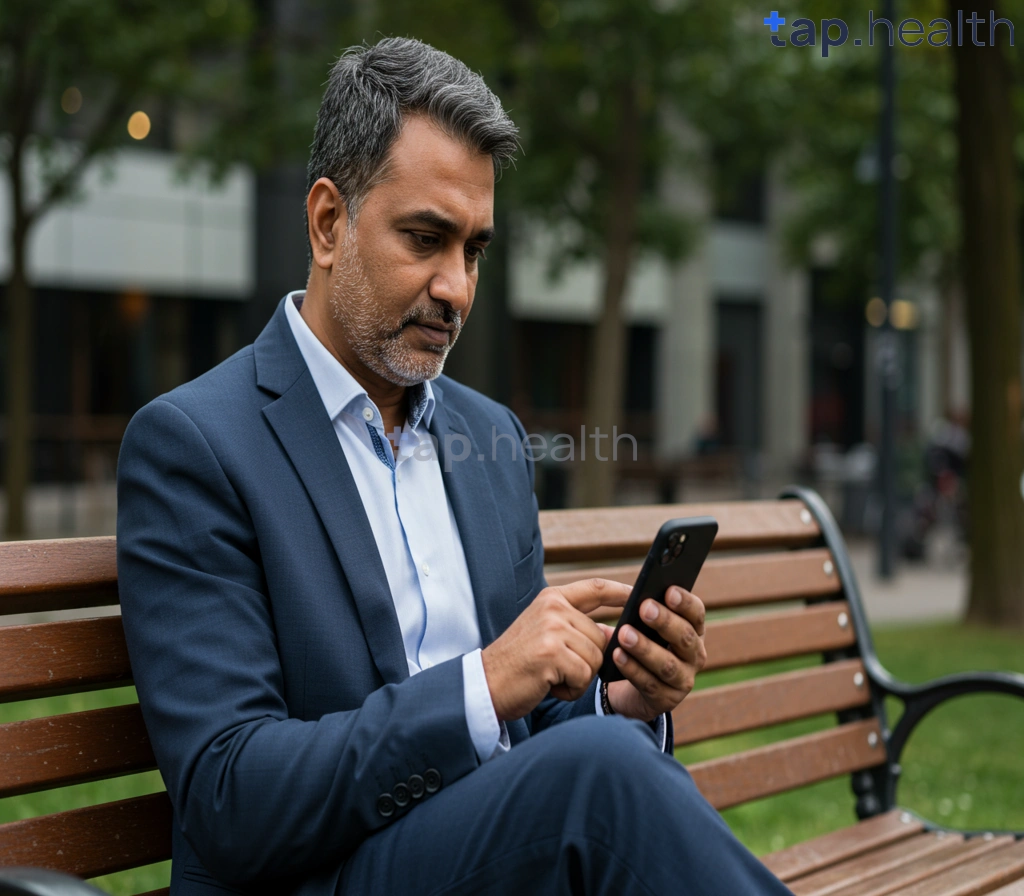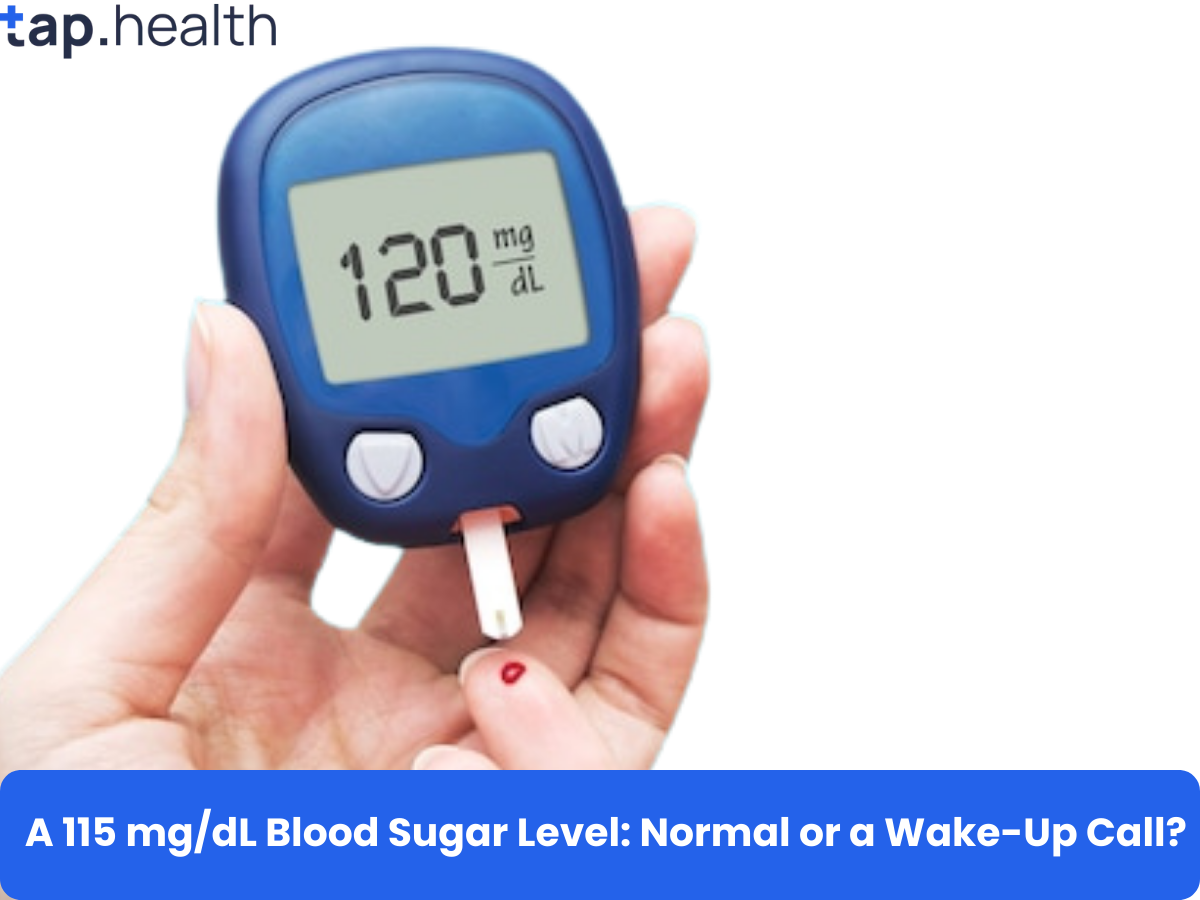Table of Contents
- Understanding Hyperglycemia: A Complete Guide
- Hyperglycemia Symptoms: Recognizing High Blood Sugar
- Causes of Hyperglycemia: What Leads to High Blood Glucose?
- Managing Hyperglycemia: Effective Treatment Strategies
- Hyperglycemia vs. Hypoglycemia: Key Differences Explained
- Frequently Asked Questions
- References
Living with diabetes can feel like navigating a complex landscape, and understanding hyperglycemia is a crucial first step towards better management. This condition, characterized by high blood sugar levels, can significantly impact your health if left unchecked. In this blog post, we’ll explore Understanding Hyperglycemia: Symptoms, Causes, and Management in Diabetes, covering everything from recognizing the warning signs to implementing effective strategies for controlling your blood glucose. We’ll break down the complexities in a clear, easy-to-understand way, empowering you to take control of your diabetes and improve your overall well-being. Let’s delve in!
Understanding Hyperglycemia: A Complete Guide
Hyperglycemia, or high blood sugar, is a serious complication of diabetes affecting millions globally, particularly in regions like India and other tropical countries. Understanding its symptoms, causes, and management is crucial for effective diabetes control. The alarming statistic that over 60% of people with diabetes in India also have hypertension highlights the interconnectedness of these health issues and underscores the need for proactive management.
Symptoms of Hyperglycemia
High blood sugar can manifest in various ways. Common symptoms include excessive thirst (polydipsia), frequent urination (polyuria), unexplained weight loss, blurred vision, and fatigue. In more severe cases, hyperglycemia can lead to diabetic ketoacidosis (DKA) or hyperosmolar hyperglycemic state (HHS), both life-threatening conditions requiring immediate medical attention. Recognizing these symptoms early is critical. Understanding what constitutes a normal blood sugar level is also important. For more information, check out our guide: Is a 100 mg/dL Blood Sugar Level Normal? Comprehensive Guide.
Causes of Hyperglycemia
Hyperglycemia primarily arises from insufficient insulin production or the body’s inability to effectively use insulin (insulin resistance). Factors contributing to hyperglycemia include an unhealthy diet high in refined carbohydrates and sugars, lack of physical activity, obesity, stress, and certain medications. In tropical climates, access to fresh produce and regular exercise can be challenging, potentially exacerbating these issues.
Managing Hyperglycemia
Effective hyperglycemia management involves a multi-pronged approach. This includes adhering to a prescribed medication regimen, adopting a healthy diet rich in fruits, vegetables, and whole grains, and engaging in regular physical activity tailored to individual needs and climate conditions. Regular blood glucose monitoring is essential for tracking blood sugar levels and adjusting treatment accordingly. Seeking advice from a healthcare professional is crucial for personalized management strategies. For individuals in India and similar tropical regions, considering the local availability of healthy foods and appropriate exercise routines is vital. By actively managing your blood sugar, you can significantly reduce the risk of long-term complications associated with diabetes. Learning how to maintain healthy blood sugar levels is key to long-term health. For helpful tips and strategies, read our article: Blood Sugar Levels.
Hyperglycemia Symptoms: Recognizing High Blood Sugar
High blood sugar, or hyperglycemia, is a serious complication of diabetes prevalent in India and other tropical countries. It’s crucial to understand its symptoms to manage the condition effectively and prevent long-term health problems. Recognizing the signs early is vital, as prolonged high blood sugar can lead to severe complications.
Common Symptoms of Hyperglycemia
Many symptoms of hyperglycemia mimic other conditions, making early diagnosis challenging. Common signs include excessive thirst (polydipsia), frequent urination (polyuria), and unexplained weight loss. You might also experience increased hunger (polyphagia), despite eating regularly. Blurry vision is another common indicator, along with fatigue and slow-healing sores. In severe cases, hyperglycemia can lead to ketoacidosis, characterized by nausea, vomiting, and shortness of breath. Remember, a normal fasting blood sugar level is between 70–99 mg/dL. Prediabetes is indicated by levels between 100–125 mg/dL, while levels of 126 mg/dL or higher indicate diabetes. Understanding morning blood sugar spikes can also be crucial for management; learn more in our article, Why Blood Sugar Spikes in the Morning and How to Manage Them.
Hyperglycemia in Tropical Climates
The hot and humid climate of many tropical regions can exacerbate hyperglycemia symptoms. Dehydration, already a concern in these areas, can worsen the effects of high blood sugar. Staying adequately hydrated is therefore crucial in managing hyperglycemia in these regions. Individuals with diabetes in these regions need to be extra vigilant about monitoring their blood sugar levels and adjusting their medication and lifestyle accordingly.
Seeking Help
If you experience these symptoms, especially if you have a family history of diabetes or fall within the prediabetes range (100–125 mg/dL), consult a doctor immediately. Early diagnosis and management are essential for preventing serious complications and improving your overall health and well-being. Regular checkups and adherence to your doctor’s recommendations are key to effective diabetes management in India and other tropical countries. It’s important to note that extremely high blood sugar levels, such as those described in 750 Blood Sugar Alert: Critical Risks, Warning Signs, represent a serious medical emergency.
Causes of Hyperglycemia: What Leads to High Blood Glucose?
High blood glucose, or hyperglycemia, is a serious concern, especially in individuals with diabetes. Understanding its causes is crucial for effective management. In India and tropical countries, certain factors contribute significantly to the prevalence of hyperglycemia. Remember, blood glucose levels less than 140 mg/dL are considered normal, while levels between 140–199 mg/dL indicate prediabetes, and 200 mg/dL or higher suggests diabetes.
Lifestyle Factors
Poor dietary habits are a major contributor. Diets high in refined carbohydrates, sugary drinks, and processed foods common in many Indian and tropical regions lead to rapid spikes in blood sugar. Lack of physical activity further exacerbates the issue, reducing insulin sensitivity. Stress, prevalent in modern life, can also trigger hyperglycemia. In many tropical countries, access to consistent healthy food options and opportunities for regular exercise can be limited, increasing the risk.
Underlying Medical Conditions
Certain medical conditions can increase the risk of hyperglycemia. Pancreatic diseases, like pancreatitis, can impair insulin production. Similarly, hormonal imbalances, such as those seen in Cushing’s syndrome, can also lead to high blood glucose. In addition, some medications, such as corticosteroids, can contribute to hyperglycemia as a side effect. It’s crucial to consult with a doctor to address any underlying health issues.
Insufficient Insulin Production or Resistance
The primary cause of hyperglycemia in diabetes is either the body’s inability to produce enough insulin (Type 1 diabetes) or its resistance to the effects of insulin (Type 2 diabetes). This results in glucose accumulating in the bloodstream instead of being transported into the cells for energy. Early detection and management of these conditions are vital to prevent complications. Regular blood glucose monitoring is highly recommended, especially for those with a family history of diabetes or those exhibiting risk factors. Consult your doctor for appropriate testing and management strategies tailored to your specific needs and regional context. Understanding what constitutes normal blood sugar levels is also important. For example, Is an 85 Sugar Level Normal? Understanding Healthy Blood Glucose provides valuable insights. Conversely, extremely high levels, as explored in Is 800 Blood Sugar Normal? Extremely High Blood Glucose Levels, highlight the seriousness of uncontrolled hyperglycemia.
Managing Hyperglycemia: Effective Treatment Strategies
Managing high blood sugar (hyperglycemia) is crucial for people with diabetes in India and other tropical countries to prevent long-term complications. Effective management requires a multi-pronged approach focusing on lifestyle changes and medication, if necessary. Maintaining blood pressure below 140/90 mmHg, or ideally below 130/80 mmHg as some guidelines suggest, is also vital.
Dietary Adjustments
A balanced diet plays a central role. Focus on incorporating whole grains, lentils, vegetables, and lean proteins while limiting refined carbohydrates, sugary drinks, and processed foods. Portion control is key. Consider the readily available and culturally relevant options in your region; many traditional Indian meals naturally offer a good balance. Regular meal timings help stabilize blood sugar levels.
Physical Activity
Regular physical activity is essential. Aim for at least 30 minutes of moderate-intensity exercise most days of the week. This could include brisk walking, yoga, or other activities suitable for the tropical climate. Consult your doctor before starting any new exercise regimen. Remember that even short bursts of activity throughout the day can contribute to better blood sugar control.
Medication
Many individuals with diabetes require medication to manage their blood sugar effectively. This might include oral medications or insulin injections. Strictly adhere to your doctor’s prescribed regimen and regularly monitor your blood sugar levels. Understanding your medication and its potential side effects is crucial. Regular check-ups with your doctor are essential for medication adjustments. As you age, managing diabetes can present new challenges. For insights and solutions, see our blog on Managing Diabetes as You Age: Challenges and Solutions.
Monitoring and Self-Care
Regular blood glucose monitoring is vital for effective hyperglycemia management. Track your blood sugar levels at recommended intervals and share the data with your doctor. This allows for timely adjustments to your treatment plan. Self-care, including stress management and adequate sleep, is also important, as stress and sleep deprivation can negatively impact blood sugar control. Remember, consistent monitoring and proactive self-care are your best allies in managing hyperglycemia. It’s also important to consider the impact of high cholesterol, which can be exacerbated by diabetes. Learn more about managing cholesterol levels in our article, How to Manage Cholesterol Levels with Diabetes?
Hyperglycemia vs. Hypoglycemia: Key Differences Explained
Understanding the difference between hyperglycemia and hypoglycemia is crucial for managing diabetes, especially in tropical climates where factors like heat and dehydration can exacerbate blood sugar fluctuations. Hyperglycemia, or high blood sugar, occurs when your blood glucose levels are above the normal range (below 5.7% is considered normal). This often results from insufficient insulin, improper diet, or lack of physical activity. Symptoms can include excessive thirst, frequent urination, blurred vision, and fatigue. Ignoring hyperglycemia can lead to serious long-term complications.
Key Differences
Conversely, hypoglycemia, or low blood sugar, happens when your blood glucose levels drop below the healthy range. This can be triggered by taking too much insulin, skipping meals, or strenuous exercise. Symptoms often manifest as shakiness, dizziness, sweating, and confusion. Hypoglycemia requires immediate treatment to prevent serious consequences like loss of consciousness.
The key difference lies in the blood glucose levels: hyperglycemia is 6.5% or higher, suggesting diabetes, while hypoglycemia is significantly lower. Individuals in India and tropical countries may experience more pronounced symptoms due to the climate’s impact on hydration and overall health. Regular blood glucose monitoring is essential, particularly for those with prediabetes (5.7%–6.4%) to prevent progression to type 2 diabetes. Understanding the connection between weight management and blood sugar control is also vital; read more about this in our article on Weight Loss and Blood Sugar Levels: Simple Connection Explained. Consult your doctor or a certified diabetes educator to create a personalized management plan tailored to your specific needs and the climatic conditions of your region. Prompt identification and management of both hyperglycemia and hypoglycemia are vital to maintain overall well-being. For further information on the differences between diabetes types, you might find our article on Which Diabetes Is Worse: Type 1 or Type 2? Key Comparisons helpful.
Frequently Asked Questions on Hyperglycemia
Q1. What is hyperglycemia and why is it a concern?
Hyperglycemia is high blood sugar, a serious complication of diabetes. It’s caused by insufficient insulin or insulin resistance, leading to various symptoms and potentially life-threatening conditions if not managed properly.
Q2. What are the common symptoms of hyperglycemia?
Common symptoms include excessive thirst, frequent urination, unexplained weight loss, blurred vision, and fatigue. Severe cases can lead to diabetic ketoacidosis (DKA) or hyperosmolar hyperglycemic state (HHS).
Q3. How can I manage hyperglycemia effectively?
Effective management involves a balanced diet with whole grains, fruits, and vegetables; regular exercise; adherence to prescribed medications; and regular blood glucose monitoring. Prompt medical attention is crucial for diagnosis and personalized management.
Q4. What are the main causes of hyperglycemia?
Hyperglycemia is primarily caused by insufficient insulin production or insulin resistance. Lifestyle factors like poor diet, lack of exercise, obesity, and stress can worsen it. Certain medications may also contribute.
Q5. How is hyperglycemia different from hypoglycemia?
Hyperglycemia is high blood sugar, while hypoglycemia is low blood sugar. Both are serious complications of diabetes, requiring different management strategies. Understanding the difference is vital for effective diabetes management.
References
- A Practical Guide to Integrated Type 2 Diabetes Care: https://www.hse.ie/eng/services/list/2/primarycare/east-coast-diabetes-service/management-of-type-2-diabetes/diabetes-and-pregnancy/icgp-guide-to-integrated-type-2.pdf
- Children with Diabetes : A resourse guide for families and school. : https://www.health.ny.gov/publications/0944.pdf



